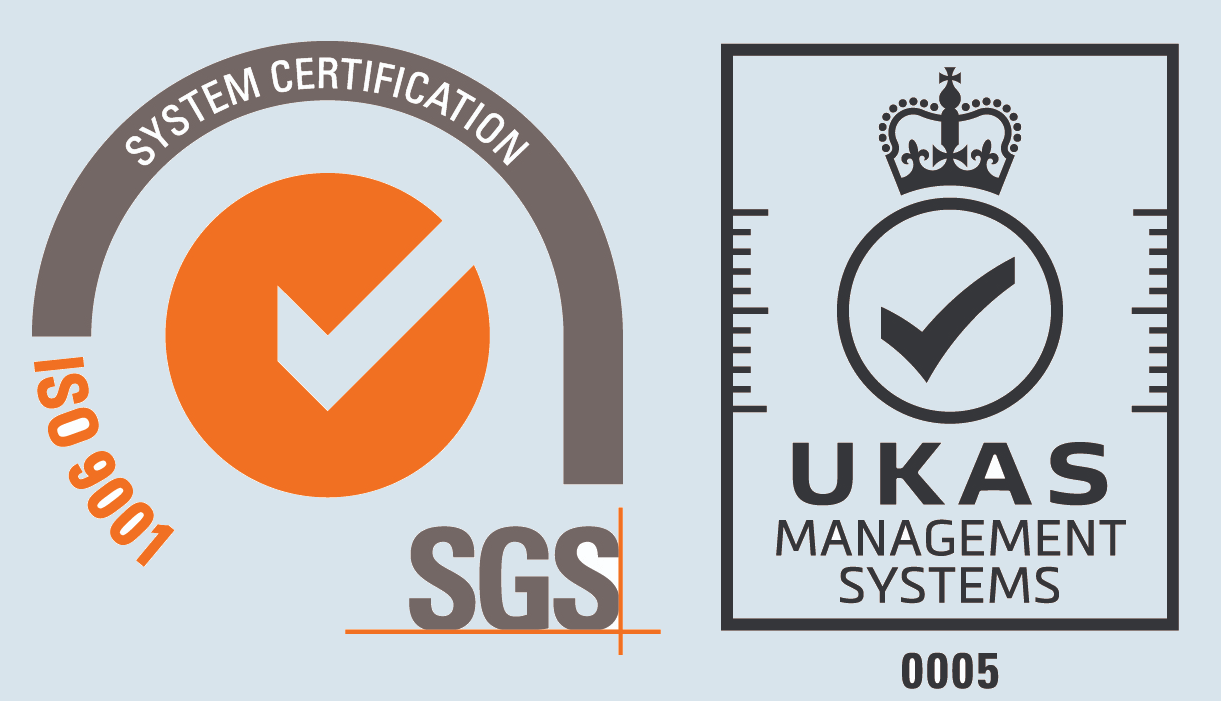
Copper Metal Glossary
Deep Drawing
A cold deformation process that uses a punch and die to produce hollow cylindrical components with a high length to diameter ratio (such as cartridge cases). It imparts significant cold work to the work piece.
Deoxidised Copper
Copper with a deoxidiser added to reduce Oxygen. Phosphorus is usually added but other elements such as boron or magnesium may be used. Welding and brazing properties are improved, but conductivity is somewhat impaired.
Dezincification
The selective corrosion of the beta phase of Duplex Brass. The result is a Copper residue with a porous layer of Zinc Oxide.
DGS
Director General Ships. An obsolete prefix for British Naval material standards, in turn became NES (Naval Engineering Standards), in turn replaced by DSTAN or DEFSTAN (Defence Standards).
Drawing
A process carried out at room temperature where extrusion is pulled through a die to improve tolerances, surface finish and mechanical properties.
DTD
Director of Technical Development. The prefix for material standards used by the British Army, RAF and other defence applications.
Ductility
The ability of a metal or alloy to deform without cracking or failing under tensile loads. Materials with low ductility exhibit brittle behaviour and fail at more modest loads.
Related terms: Malleability
Duplex Brass
Brasses with composition ranging from 58% to 62% Copper with 38% to 42% Zinc that have both alpha and beta phases present in their microstructure. Duplex Brasses are superior to Alpha Brasses for hot working, but inferior for cold working.
DZR, Dezincification Resistant Brass
Duplex Brass (CW602N, CZ132) that has an Arsenic addition and a special heat treatment to prevent dezincification by soft, acidic, domestic water supplies. Sometimes the term is applied to Arsenical, Aluminium or Admiralty Brasses that also have Arsenic additions. These alloys need no special heat treatment as no beta phase is present.
How can we help?
Contact us today to see how Capalex can help
solve your challenges.
 Capital Aluminium Extrusions Limited
Capital Aluminium Extrusions Limited
Cleator Moor, Cumbria,
CA25 5QB, UNITED KINGDOM.
